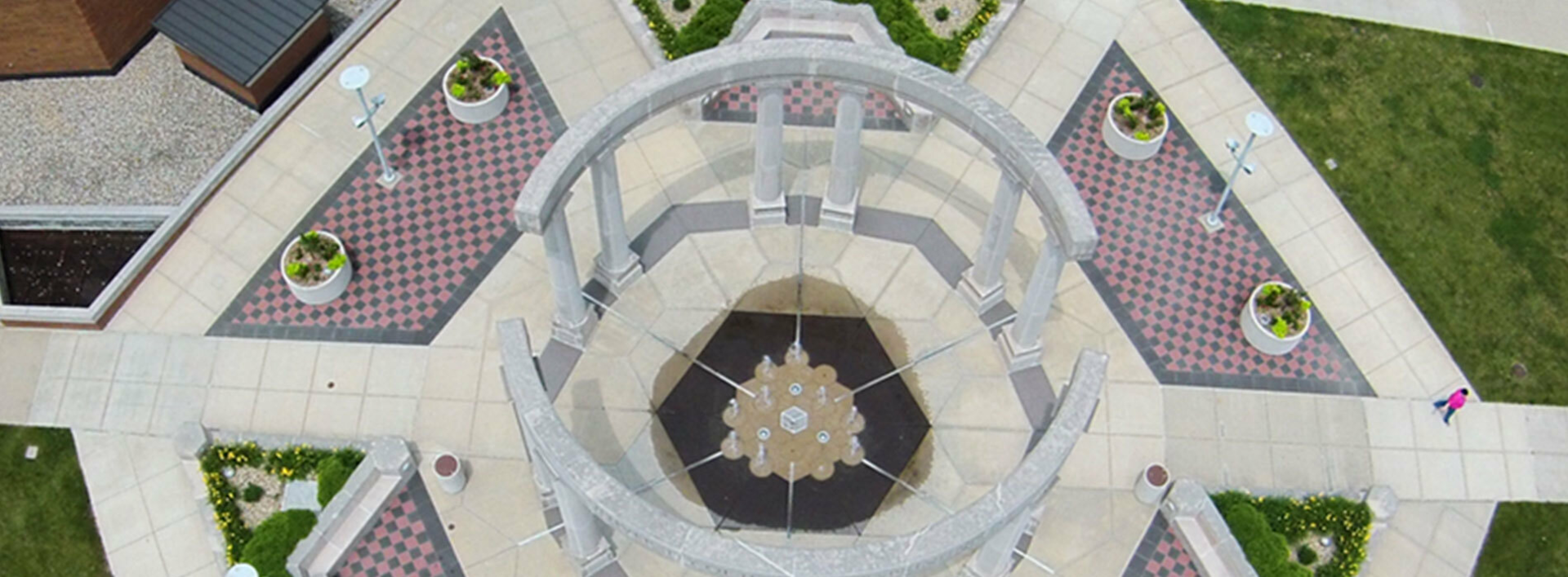History of SSU-UIS: Lasting Pursuit – Time Capsule
(The following article was published by the State Journal Register in conjunction with the 25th anniversary of SSU/UIS.)
June 12, 2001
Time capsule hits, misses in predictions for SSU, world
By Doug Pokorski
In May 1971, at the end of its first year of operation, students and faculty at Sangamon State University set aside some time to look into the future.
In a campus-wide “university week” activity, they held lectures, discussions, screenings, workshops and other presentations on what the city of Springfield, education, democracy, health and other important areas would look like 30 years late.
At the end of the exercise, they put some of their results, along with a variety of other documents, into a safe deposit box at Marine Bank as a time capsule, not to be opened until 2001.
Earlier this spring, officials from SSU – now the University of Illinois at Springfield – retrieved the documents from marine Bank – now Bank One of Springfield – and on Monday they revealed the contents to the public. Among the documents were mundane items from a time long past-informational packets for prospective students and faculty, a microfiche collection of student essays, copies of student newspapers, a guide to the university and the printed program for “university week.”
Then there were the predictions. As with most looks that far into the future, some were on target and others were laughably wide of the mark. The seers of 1971 were on the mark about computers, for example, foreseeing that by 2001 they would be used both in classrooms and homes, would allow people to link up to educational opportunities from their homes and would allow people to use libraries internationally.
They also foresaw correctly that advanced technology would increase the need for routine jobs and that retirement for most people would become an option rather than mandatory at a specified age.
And they also recognized that the growing importance of concern for the environment – “ecology” as it was then known-would continue.
But there also were plenty of goofs in the predictions of 30 years ago. The internal combustion engine has not been outlawed, plant geneticists have not bred square tomatoes for easier shipping, the physical sciences have not become mere appendages to the social sciences, and compulsory schooling does not begin at age 4 and continue through the first two years of college.
Some of the least accurate predictions were about SSU itself. UIS has about 4,000 students, not the 20,000 predicted in 1971. It has one doctoral program, not the 21 predicted, and it doesn’t have a law school.
Still if the predictors of 1971 had a pretty low batting average, they did about as well as a professional prognosticator who also was a part of the university week activities.
Science fiction writer Arthur C. Clark was the featured speaker at the event, and a showing of the movie based on his novel “2001: A Space Odyssey” was one of the most popular programs.
Clarke correctly predicted something very much like the Internet, a computer network linking virtually everyone in the world. But he bombed out with two other predictions, that high-protein food processed from petroleum would replace conventional food, and that a novel process involving genetically modified animals would change the way most manual labor would get done in 2001.
“The next step may be creatures based on the chimpanzee with heightened intelligence and improved dispositions to do the work,” Clark said at the time. “The result of this will be to eliminate 99 percent of human activity.”


